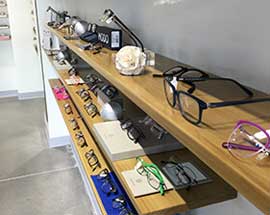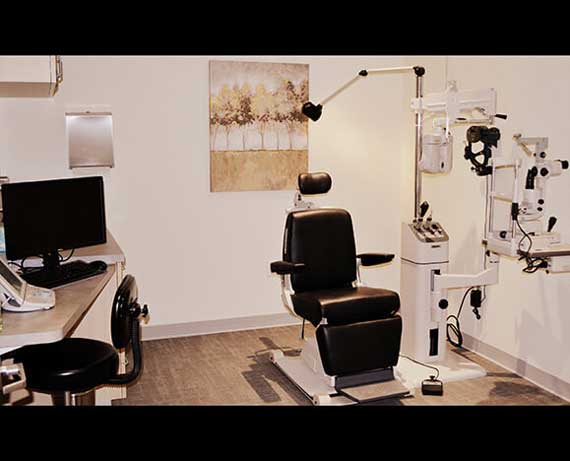Ultraviolet rays from the sun are harmful both to your skin and eyes. You should always wear proper eye protection when heading outside. Over time, prolonged UV exposure can lead to eye conditions, such as cataracts. In some cases, your eye doctor may recommend surgery to correct UV damage.

Read on to learn ways to reverse UV damage to the eyes and tips to help you avoid it.
Sun Exposure Adds Up Over Time
Sun damage to your eyes is cumulative, meaning it can take years for you to experience problems. Excessive amounts of sunlight can contribute to the development of ultraviolet keratitis or sunburn of the cornea. The most common symptoms of this condition include light sensitivity, eye redness, discomfort, tears, swelling, and blurry vision. You may also have a gritty feeling in your eyes, see halos, or experience temporary vision loss. These symptoms can last for up to 48 hours, and if they do not improve after that, you should contact your eye care provider.
Is Sun Damage Reversible?
Even when it is cloudy, you should still wear sunglasses that block UV rays. Sunlight can reflect off of buildings, concrete surfaces and cars. The same goes for ice and snow, so keep your eyes protected to avoid photokeratitis or snow blindness.
Moreover, damage to the eye can either be permanent or semi-permanent. Some symptoms may not be as severe but not completely go away. If you spend a lot of time outdoors or have a job that requires you to do so, don’t forget to wear UV-blocking sunglasses and a wide-brimmed hat. Your eye doctor will help you determine your ideal treatment options. Prescription eye drops and, in some cases, surgery may be necessary to treat sun damage.
See your optometrist regularly to monitor your vision and eye health. At Six One Six Vision Center, we’re here to provide eye care solutions for you and your family. Call us at (208) 514-1858 or fill out our contact form to make an appointment. We assist patients in Boise and Eagle, Idaho.




